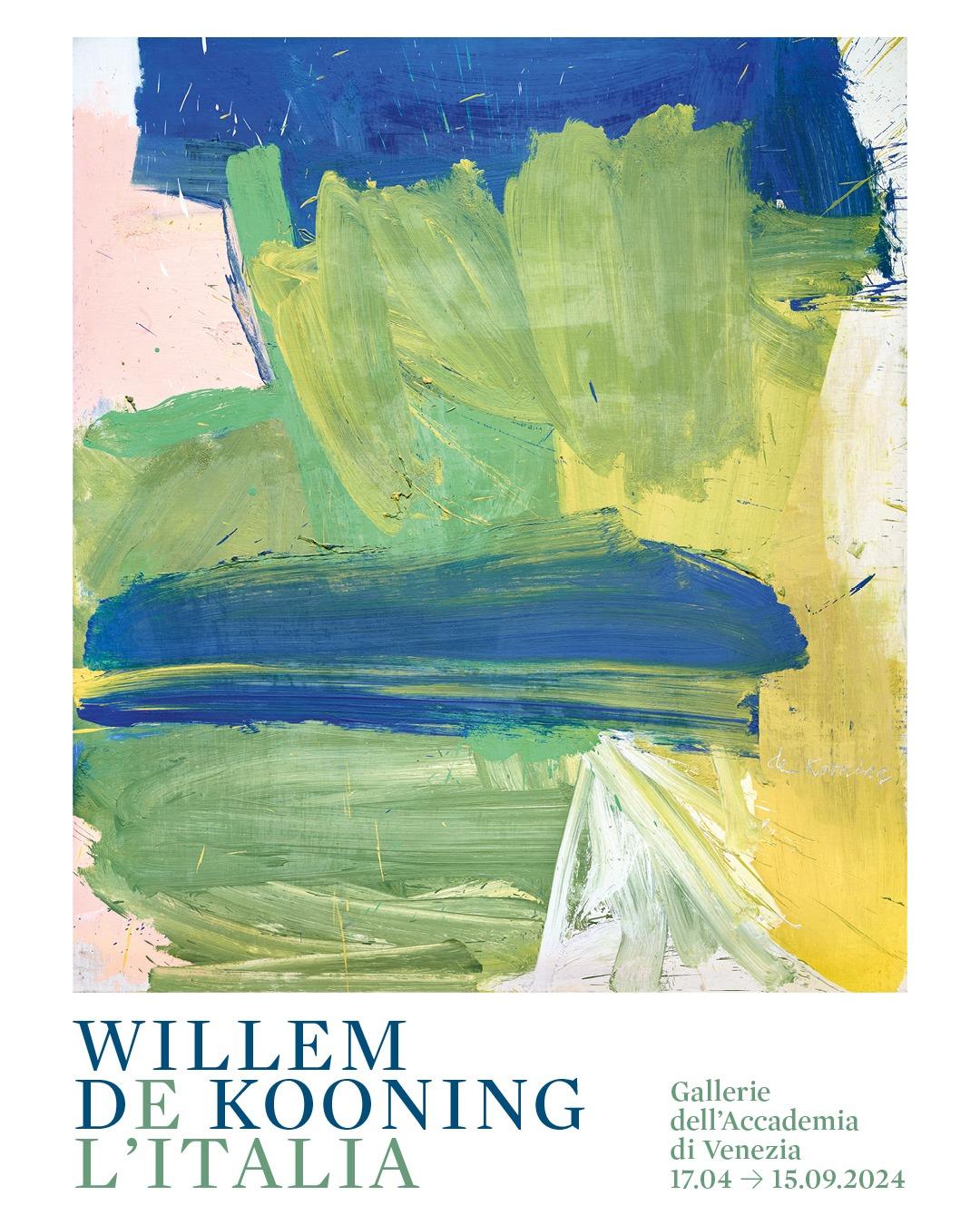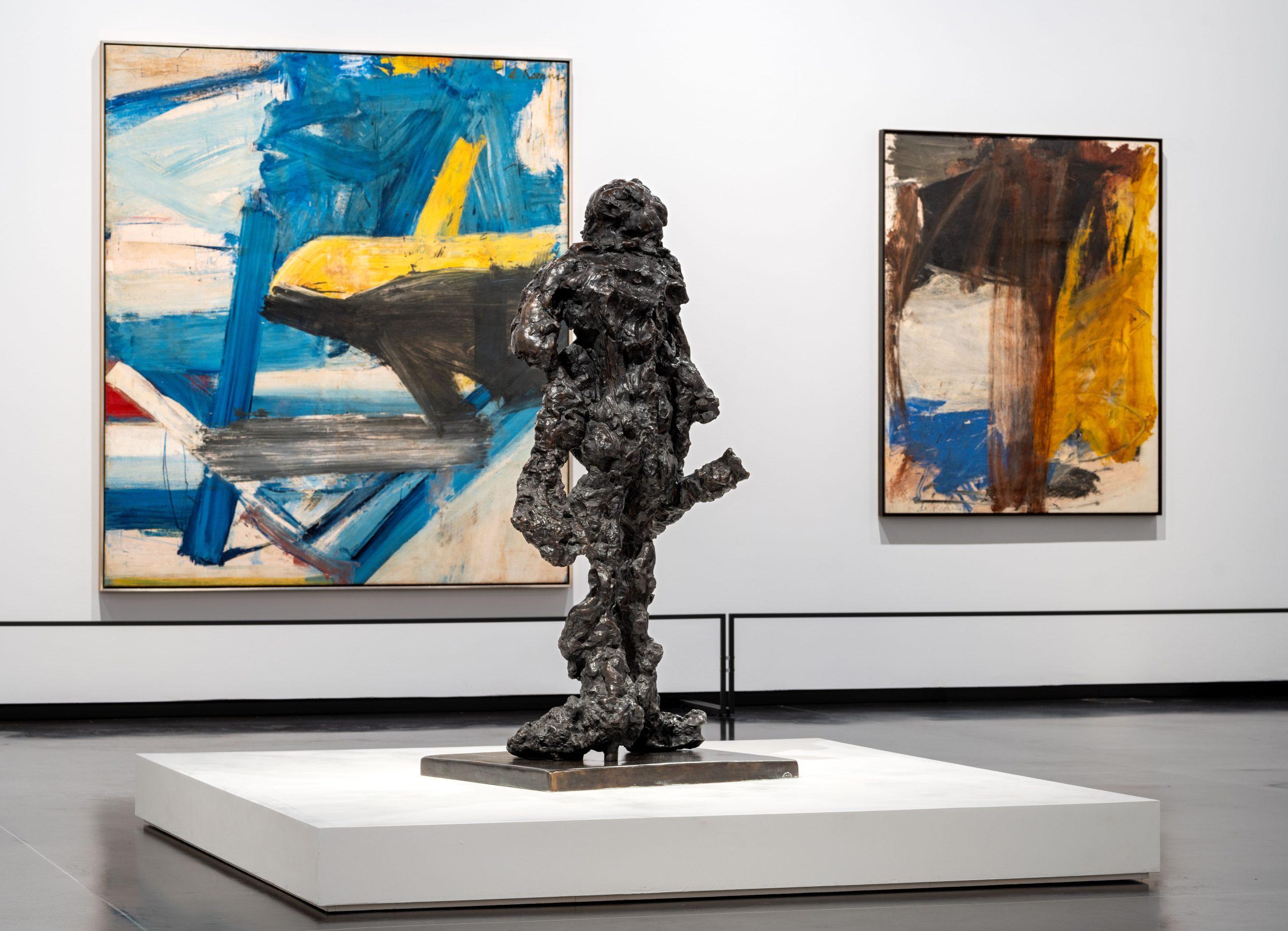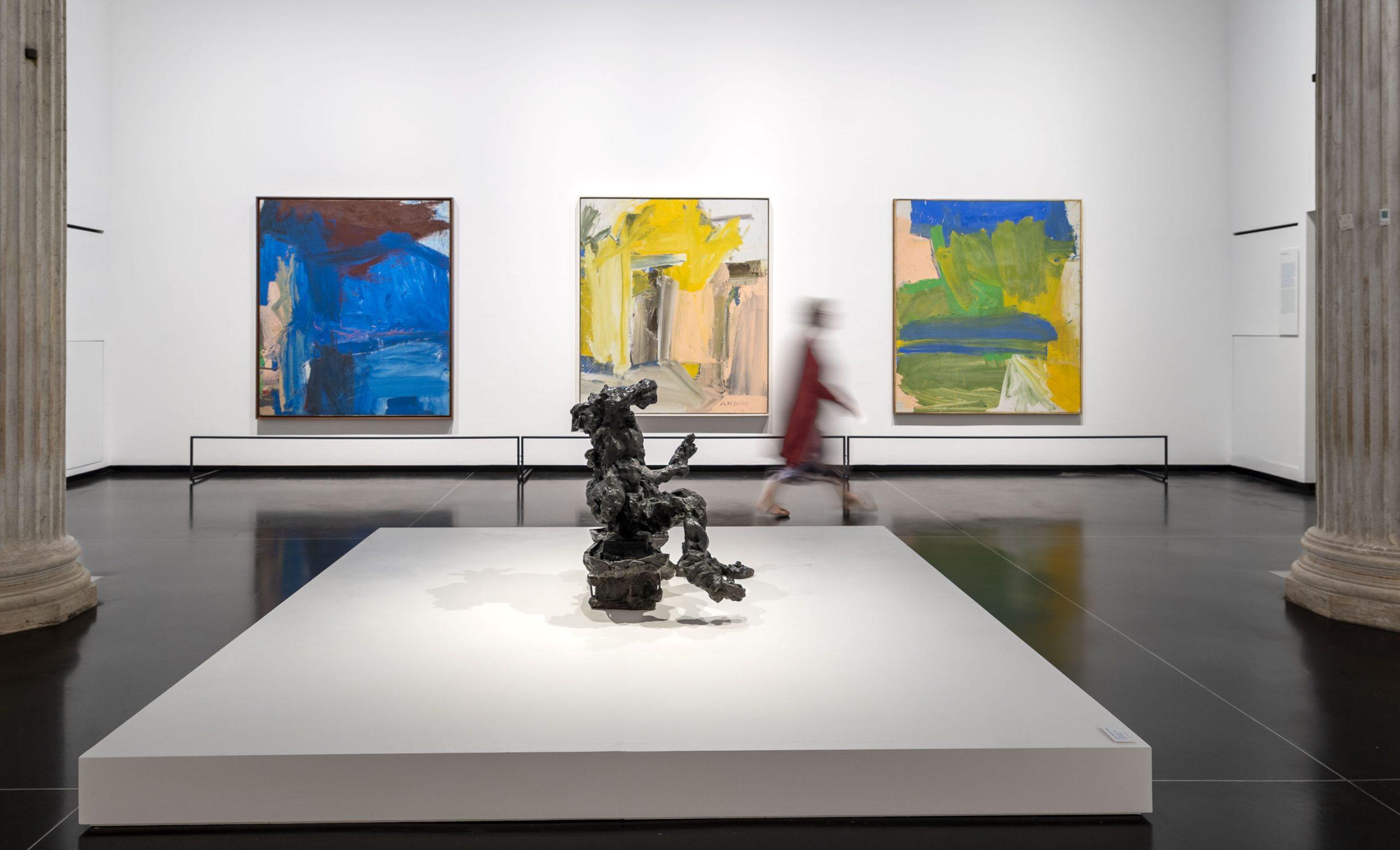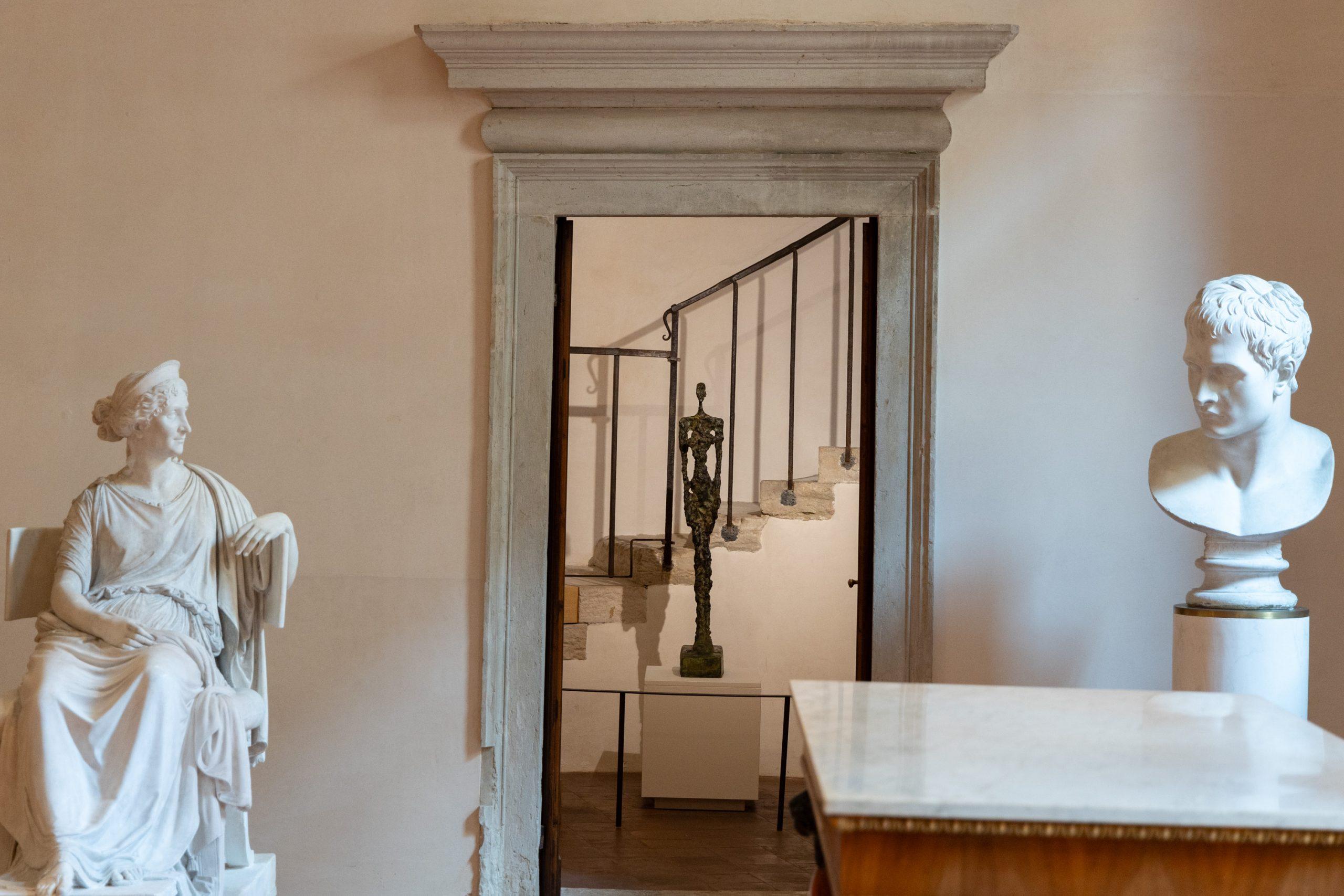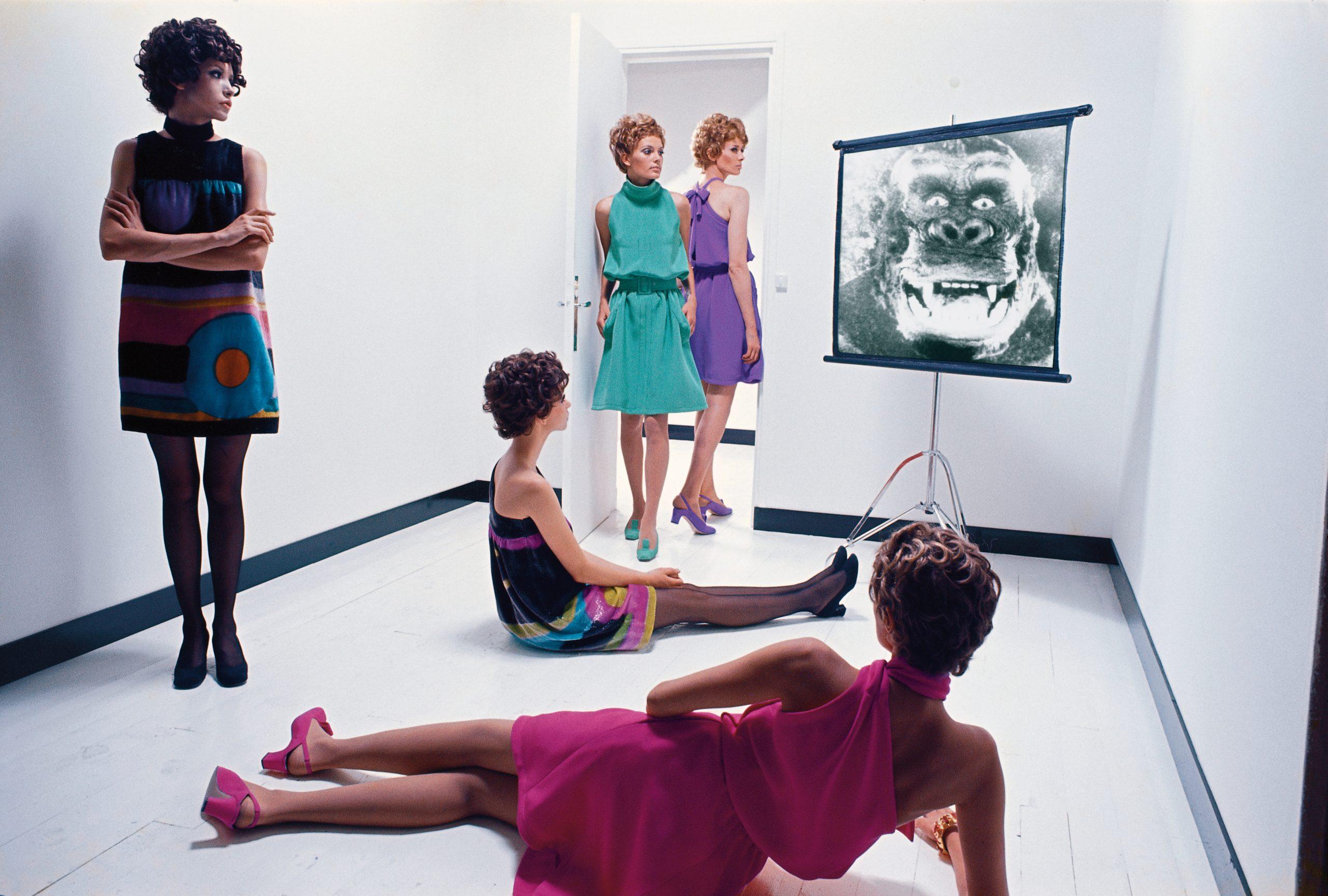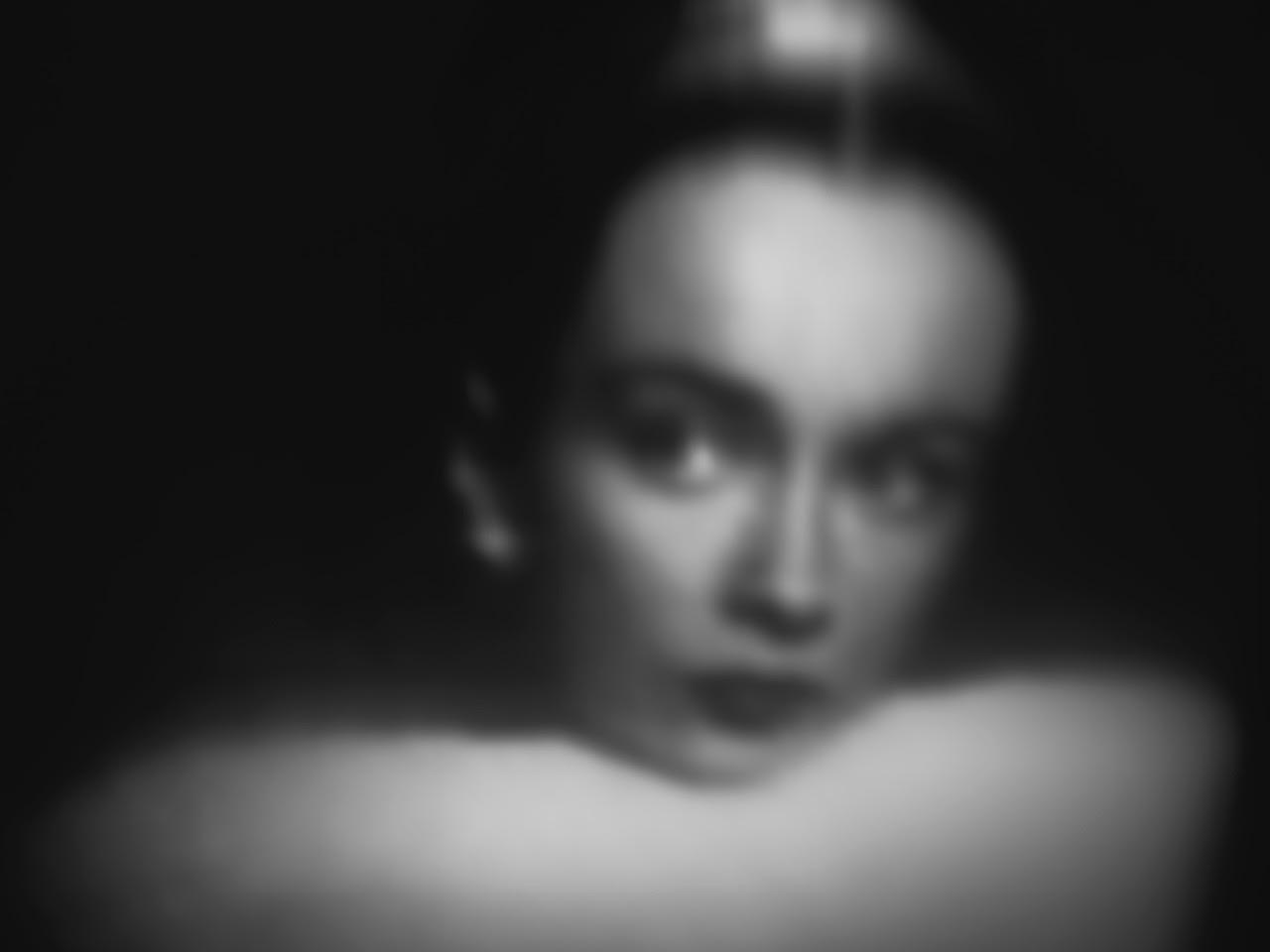
curated by Gary Garrels and Mario Codognato
Visit the website 
“Willem de Kooning and Italy”
This exhibition will trace the impact of Willem de Kooning’s two extended visits to Italy, one in 1959 and one in 1969, on the works that followed each and on the trajectory of his œuvre. The lasting effect of these two creative periods will be revealed in an exemplary selection of works, ranging from the late 1950s through to the 1980s, from important private and museum collections both in Europe and the United States.
The exhibition will include a selection of the large and striking “Black and White Rome” drawings de Kooning made during his first extended visit to Rome in 1959. They will be shown with works from the late 1950s, made in the years leading up to de Kooning’s first visit to Italy. For the first time, three of de Kooning’s best-known pastoral landscapes Door to the River, A Tree in Naples and Villa Borghese will be exhibited together. Painted in New York in 1960, the lingering memory of his trip to Italy is clear. This section of the exhibition also includes large figurative paintings from the mid-1960s that paved the way for his interest in sculpture. A gallery focusing on sculpture will showcase thirteen small bronzes that de Kooning made in Rome. Created after a chance encounter while in Rome with a sculptor friend, these were the result of the artist’s first experiments with clay, leading him to produce a substantial body of sculpture back in New York from 1972 to 1974. The exhibition will also place painting and sculpture in dialogue with drawings from the 1960s and 1970s. Highlights include four ink drawings that de Kooning made while in Spoleto in 1969, presented alongside a complementary selection of intimate, gestural drawings that are conceptually related to the sculptures. In these drawings de Kooning fragmented the figure, often leaving empty spaces balanced against his vigorous lines.


«Willem de Kooning collected from the cacophony of visual excitement, light and movement in daily life to create his own lexicon. The impact of any visual encounter could render or generate an idea for moving into a new drawing or painting. Observing how his New York and East Hampton environments worked into his paintings and drawings, the same occurred in Rome – a gestalt of “glimpses”. During these formative periods of time in Rome, de Kooning synthesised from all around him a new way of looking and activating his medium, experiencing both classical Italian paintings and sculpture as well as the work of his new Italian artist friends.»
Gary Garrels and Mario Codognato, Curators
Willem de Kooning, a maverick painter
Willem de Kooning (1904, Rotterdam, the Netherlands – 1997, East Hampton, USA) was one of the great artists of the twentieth century. He received critical acclaim in 1948 with a one person exhibition of non-representational, densely worked, oil and enamel paintings, including his now revered black-and-white paintings. Shortly thereafter, in 1950, de Kooning completed Excavation, a related grand-scaled abstraction. Arguably one of the most important paintings
of the twentieth century, Excavation was chosen as one of the works to represent the United States at the XXV Venice Biennale, June 3 – October 15, 1950. This would be de Kooning’s first of six Biennales (1950, 1954, 1956, 1978, 1986 and 1988).
A maverick painter, who rejected the accepted stylistic norms by dissolving the relationship between foreground and background and by using paint to create emotive, abstract gestures, de Kooning, with his peers of the late forties and early fifties, was variously labelled as an “Action Painter,” “Abstract Expressionist” or simply of the “New York School.” De Kooning was one of the handful of non-conforming artists responsible for the historic shift of the center of avant-garde art from Paris to New York in the years following World War II. De Kooning was awarded many honours in his lifetime, including The Presidential Medal of Freedom in 1964, USA. His artwork has been included in thousands of exhibitions and is in the permanent collections of many of the world’s eminent art institutions, including the Peggy Guggenheim Collection, Venice; the Stedelijk Museum, Amsterdam; Tate Modern, London; The Museum of Modern Art, New York; Solomon R. Guggenheim Museum, New York; The Metropolitan Museum of Art, New York; the Art Institute of Chicago; the Smithsonian Institution’s Hirshhorn Museum & Sculpture Garden, Washington D.C.; the National Gallery of Art, Washington, D.C. and the National Gallery of Australia, Canberra. Major publications have been authored by Gabriella Drudi, John Elderfield, Gary Garrels, Thomas Hess, Harold Rosenberg, Richard Shiff, and Judith Zilzcer.
Willem de Kooning and Italy is part of the Gallerie dell’Accademia’s exhibition series of the great protagonists of modern and contemporary art. The exhibition has been designed by UNA/UNLESS directed by architect Giulia Foscari. It will be the first major exhibition of de Kooning’s work in Italy since 2006 and the largest presentation of his art ever organised in the country.
You might also be interested in





